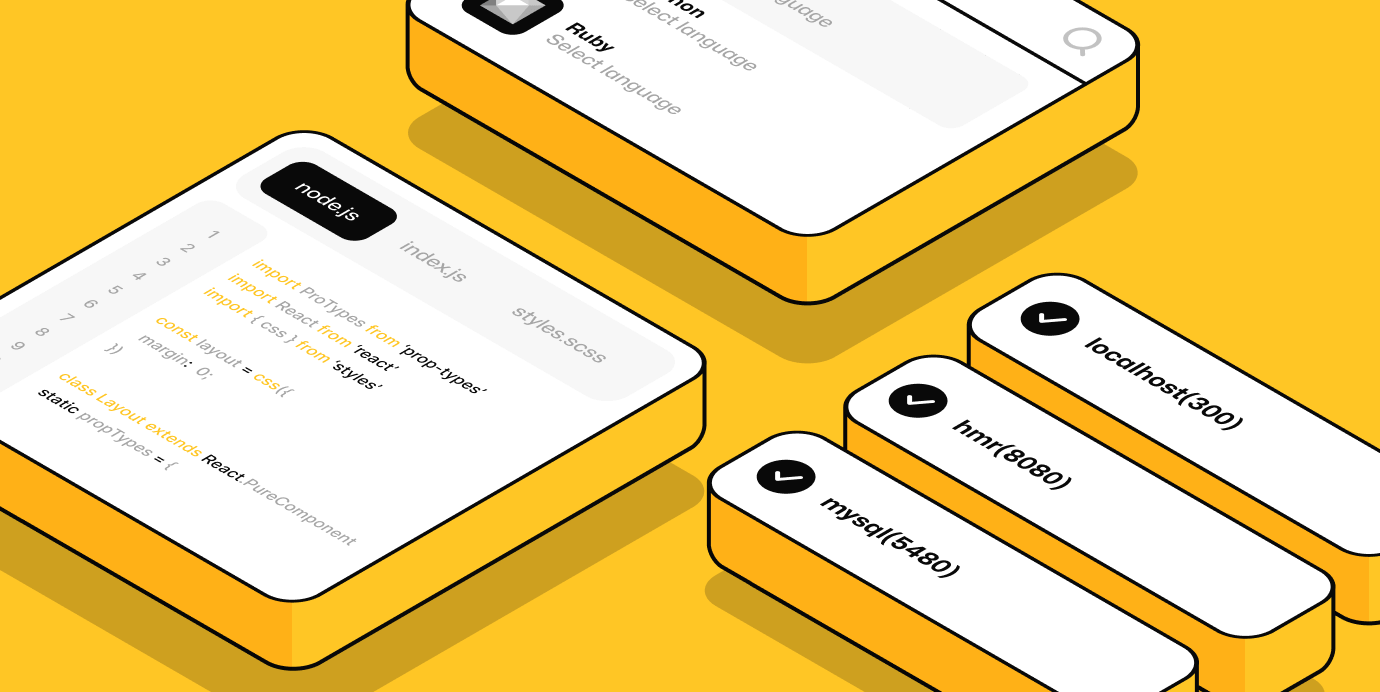The AI Advantage: Market Research Enters a New Era
AI-powered market research turns months of data analysis into real-time insights.

Walk into any strategy meeting today and you’ll hear the same refrain: We need better data, and we needed it yesterday. That sense of urgency is exactly why AI market research has become the secret weapon for companies of every size. Whether you’re an ambitious two-person startup or a global enterprise with offices on four continents, artificial intelligence can turn months of digging, surveying, and spreadsheet wrestling into insights delivered in minutes.
Below, we’ll unpack how AI search is changing the research game, where small- and medium-sized businesses (SMBs) fit in, how larger organizations are scaling these tools, and what practical steps you can take to join the revolution.
The Before and After Picture
Not long ago, market research followed a familiar script. A team defined its target audience, hired a panel vendor, drafted exhaustive questionnaires, waited weeks for responses, and finally paid analysts to clean the data. By the time findings landed on executives’ desks, consumer sentiment had already shifted.
AI flips that script. Machine-learning models can scrape millions of data points—from social chatter to point-of-sale receipts—digest them in real time, and surface trends a human eye might never spot. Natural-language processing (NLP) tools categorize open-ended feedback on the fly, while predictive analytics flag where demand is heading next quarter rather than telling you what happened last quarter. The result: fresher insights, faster pivots, and less budget burned on outdated approaches.
Core Technologies Powering the Shift
Under the hood, several AI advancements are driving this transformation:
- Natural-Language Processing (NLP): Turns unstructured text (social posts, product reviews, call-center transcripts) into structured themes, sentiment scores, and emerging topics.
- Computer Vision: Analyzes images or videos—think Instagram photos or store-shelf snapshots—to track brand visibility, packaging effectiveness, or competitor placement.
- Predictive Analytics: Builds models that forecast sales, churn, or campaign lift based on historical and real-time signals.
- Generative AI: Synthesizes survey responses, drafts customer personas, and even crafts “synthetic focus groups” to simulate how new segments might react to a concept.
- Automated Data Wrangling: Cleans and stitches together messy datasets so analysts can focus on strategy, not spreadsheet triage.
Individually these tools are impressive. Combined, they form an always-on research engine that can spot a micro-trend at 9 a.m. and push a campaign update by lunch.
Why SMBs Stand to Gain the Most
Enterprises have always enjoyed deep pockets for research. What’s refreshing about the current wave is how accessible AI has become for smaller players. Cloud-based platforms offer usage-based pricing and easy integrations, meaning an indie apparel brand or local restaurant chain can now afford tech that once required a seven-figure budget.
Here’s what that democratization looks like in practice:
- Leaner Budgets, Richer Data: Instead of commissioning a traditional $30,000 survey, an SMB can plug social-listening APIs into its CRM for a fraction of the cost.
- Rapid Product Iteration: NLP tools parse customer reviews the moment they’re posted, flagging design flaws or feature requests before negative word-of-mouth snowballs.
- Hyper-Local Targeting: AI mapping layers public census data, foot-traffic heat maps, and mobile check-ins to reveal which neighborhoods are primed for expansion.
- Team Empowerment: No on-staff data scientist? No problem. Low-code dashboards serve up color-coded insights that even a first-time entrepreneur can act on.
The bottom line: SMBs can now punch far above their weight class, reacting to shifts as quickly as—or faster than—their larger rivals.
Enterprise Integration: From Pilot Project to Cultural Shift
Large organizations, on the other hand, often face a different hurdle: scale. A proof-of-concept in a single division might succeed, but rolling AI out to 30 countries, dozens of business units, and petabytes of legacy data is another story. Still, enterprises that commit to integration stand to unlock three big wins:
Unified View of the Customer
Divisional silos are the nemesis of fresh insight. AI-driven data lakes dissolve those walls, merging survey data with purchase history, social sentiment, and even IoT device logs. Decision-makers finally see a 360-degree customer narrative instead of competing snapshots.
Continuous Optimization
Global brands don’t have the luxury of pausing campaigns every time a trend shifts. AI monitoring automatically redistributes ad spend, adjusts messaging, and tweaks pricing models on the fly, ensuring budgets stay in lockstep with real-time demand.
Future-Proofing and Innovation
Generative models can simulate consumer reactions to a new product concept without manufacturing a single prototype. That saves R&D dollars and speeds time-to-market—critical advantages in markets where “fast follower” competitors appear overnight.
Practical Steps to Get Started
Whether you’re running a scrappy startup or steering an established corporation, adopting AI doesn’t have to feel like jumping into the deep end without a life jacket. Consider the following roadmap:
Audit Existing Data Assets
Take stock of what you already collect—transactions, web analytics, customer support transcripts. Good AI outcomes start with quality fuel.
Identify One High-Impact Use Case
Maybe it’s predicting churn for your subscription model or sizing demand for a new feature set. A narrow objective prevents scope creep and proves ROI quickly.
Choose the Right Tools
Cloud platforms like Google Vertex AI, AWS SageMaker, or plug-and-play SaaS offerings can handle heavy lifting. Verify they comply with data-privacy rules relevant to your industry.
Build (or Borrow) Expertise
Upskill internal teams with data-literacy workshops or partner with an AI search marketing consulting firm that can translate technical outputs into plain-language strategy.
Measure, Learn, Repeat
Track KPIs—not just vanity metrics—and iterate. The beauty of AI is its feedback loop: models improve as they ingest more data, so constant monitoring is your friend.
The Human Element Still Matters
As powerful as algorithms have become, they’re not a panacea. Human intuition, industry know-how, and ethical oversight remain the backbone of smart decision-making. Biases can lurk in training data, and privacy regulations are evolving. A seasoned marketer’s gut check can keep an AI model from pushing an ill-advised campaign or misinterpreting sarcasm in social posts.
In other words, AI doesn’t replace researchers; it liberates them. By automating grunt work, analysts can spend more time asking why a trend is happening and brainstorming how best to respond.
Final Takeaway
Market research once felt like peering into the rear-view mirror: useful for spotting where you’d been, less so for predicting where you were headed. AI flips that perspective, turning data into a live dashboard of consumer behavior. SMBs gain enterprise-level muscle, enterprises gain startup-level agility, and both groups unlock a richer understanding of the audiences they serve.
If your organization is ready to move from guesswork to growth, start small, stay curious, and remember that technology shines brightest when guided by clear strategy and human empathy. The future of market research isn’t coming—it’s already here, and it’s spelled A-I.
Subscribe to our newsletter
Get regular updates on the latest in AI search





.png)
